Back to Courses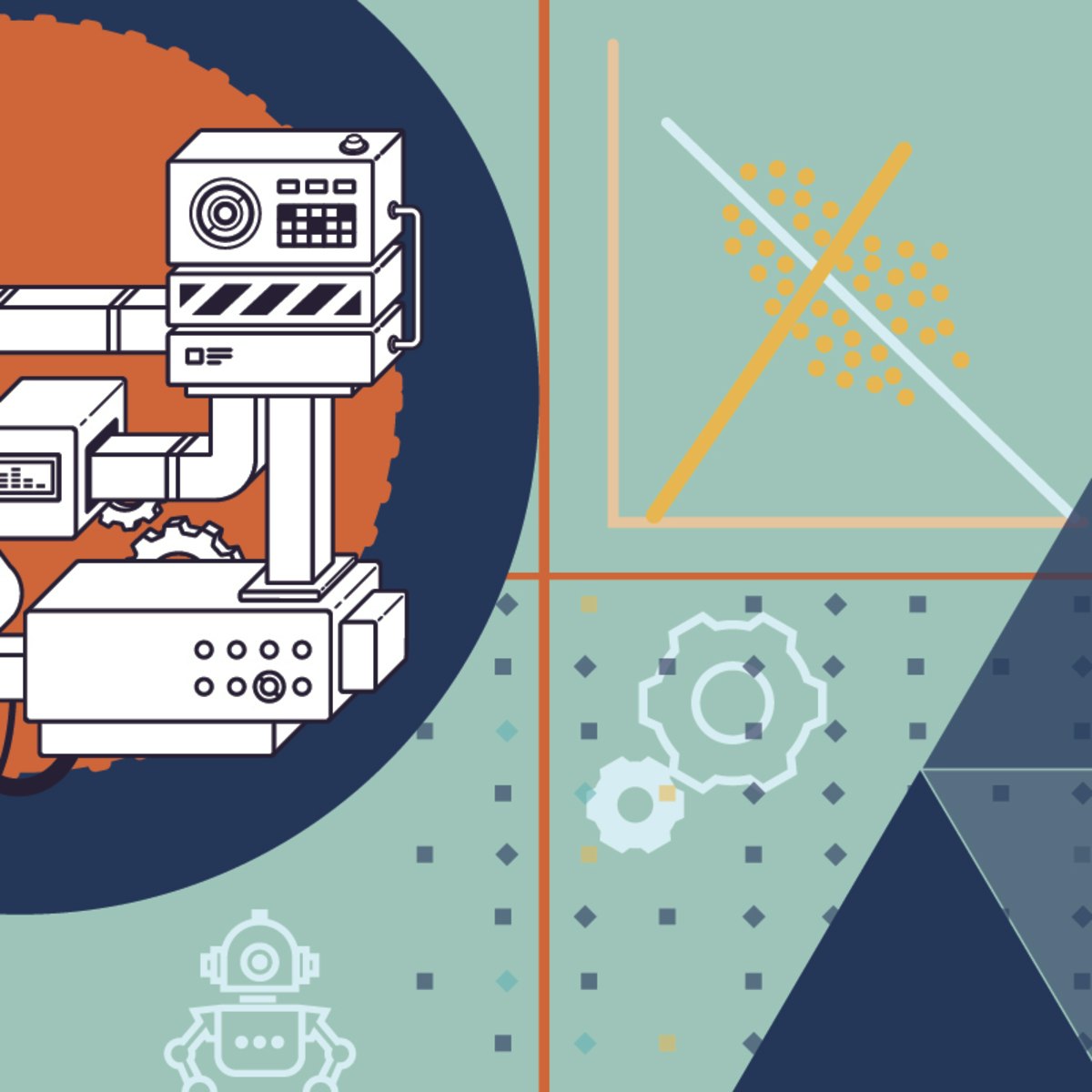


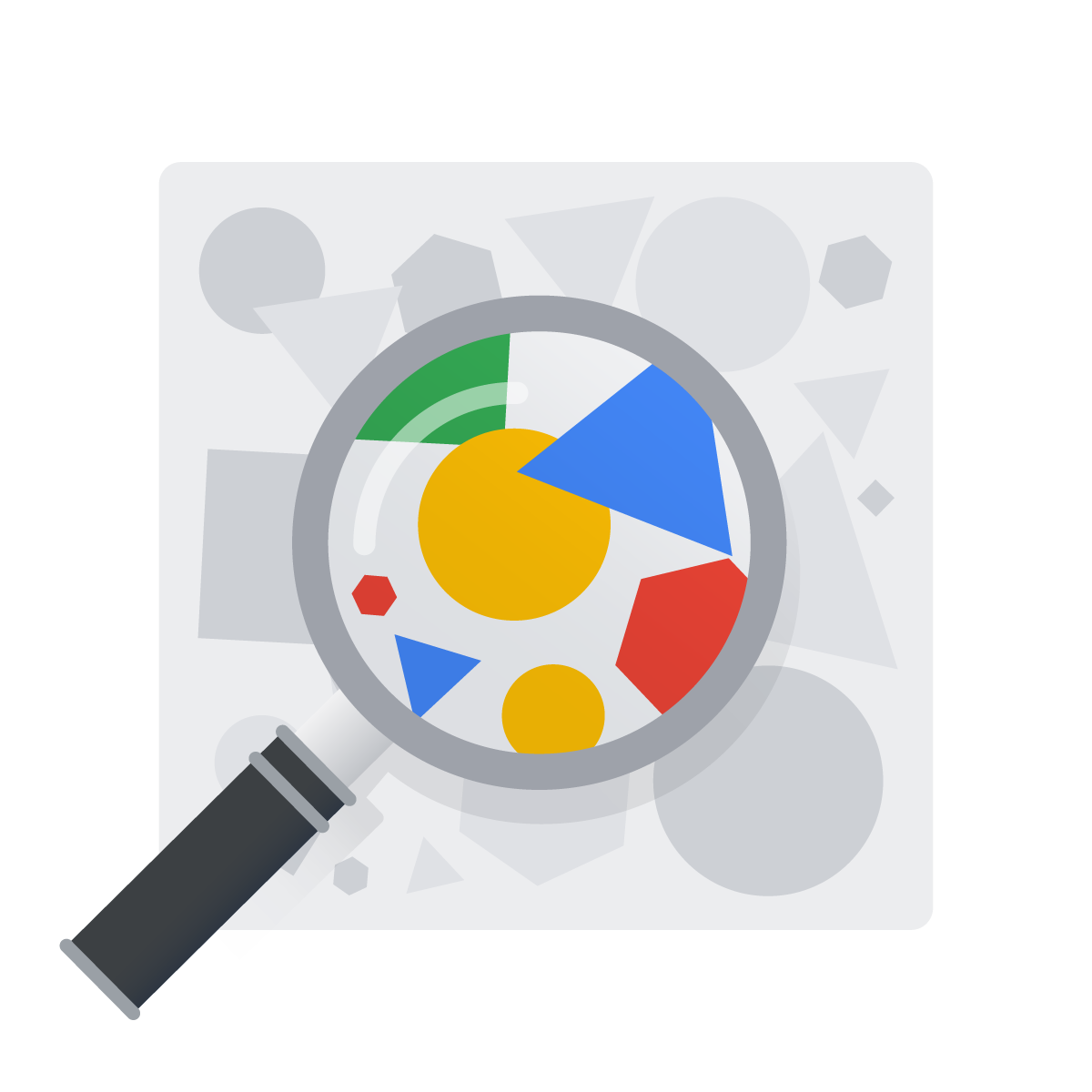


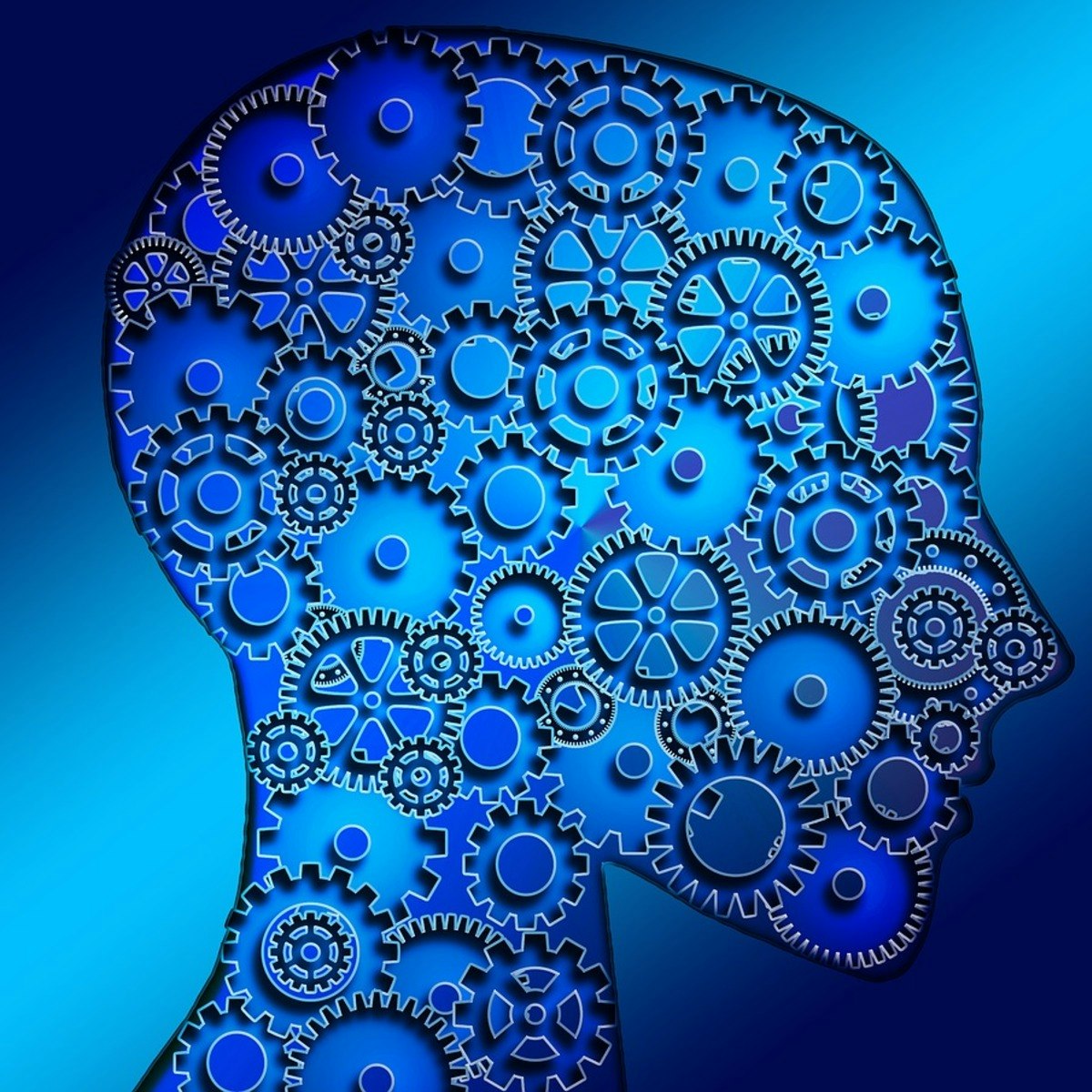
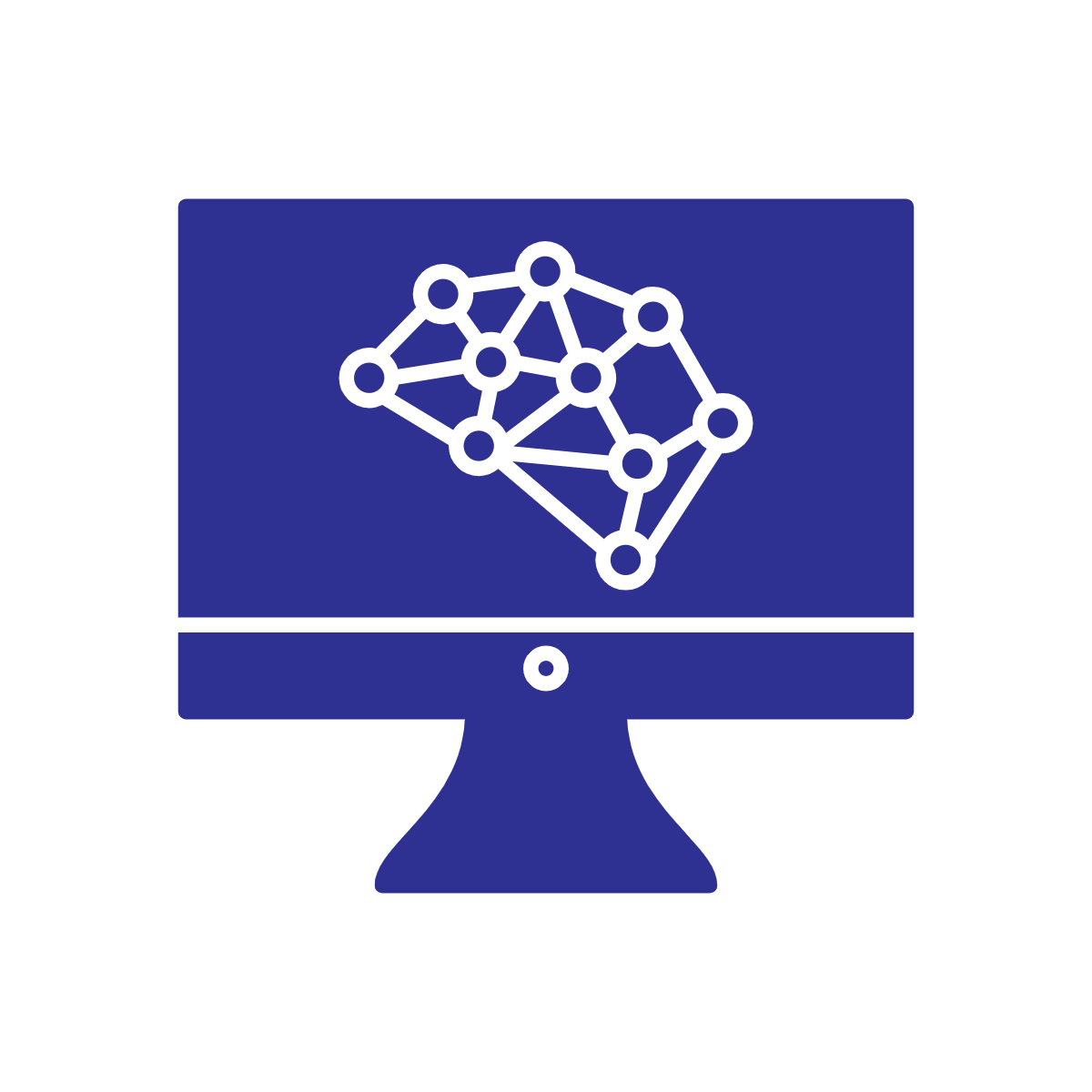

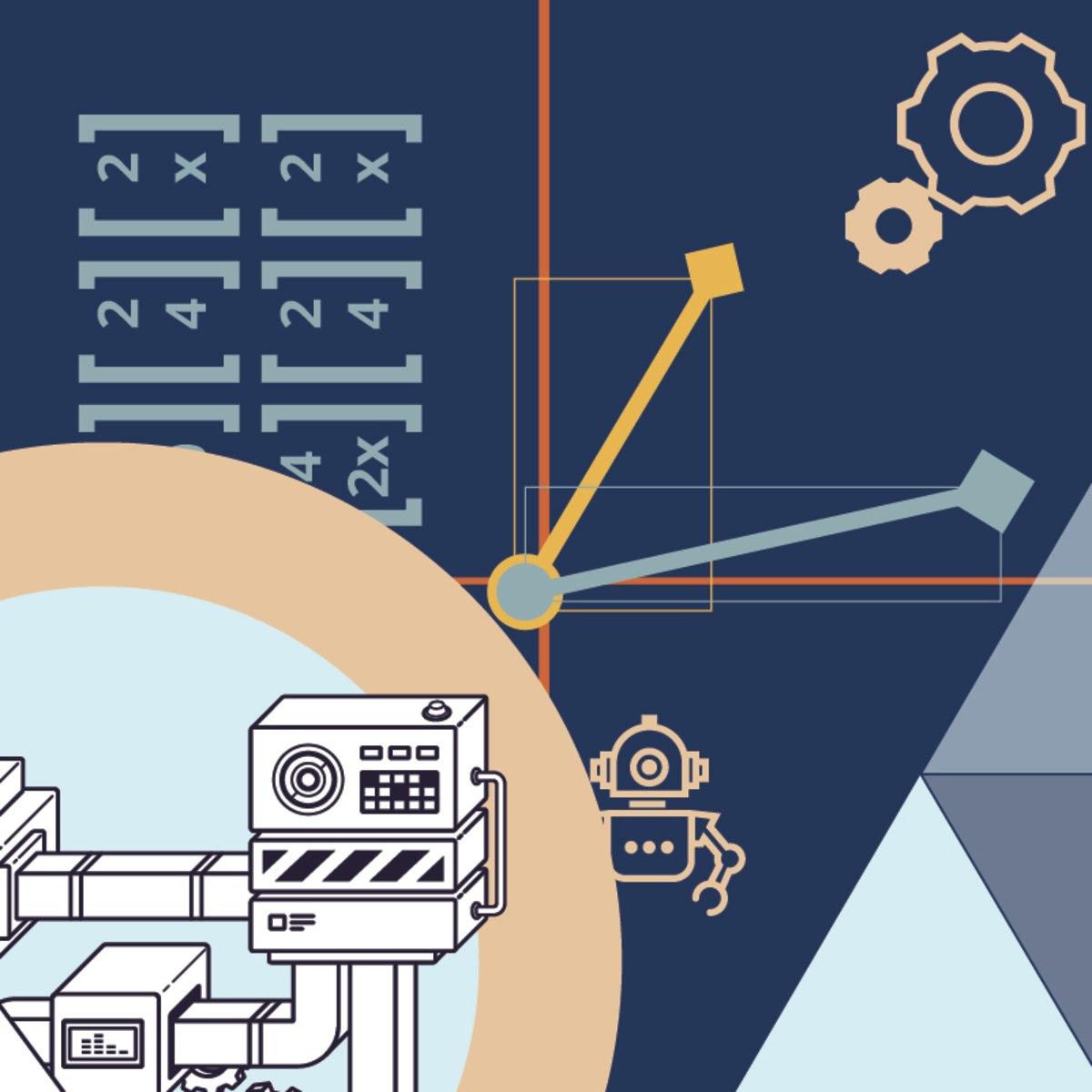
Machine Learning Courses - Page 12
Showing results 111-120 of 485

Mathematics for Machine Learning: PCA
This intermediate-level course introduces the mathematical foundations to derive Principal Component Analysis (PCA), a fundamental dimensionality reduction technique. We'll cover some basic statistics of data sets, such as mean values and variances, we'll compute distances and angles between vectors using inner products and derive orthogonal projections of data onto lower-dimensional subspaces. Using all these tools, we'll then derive PCA as a method that minimizes the average squared reconstruction error between data points and their reconstruction.
At the end of this course, you'll be familiar with important mathematical concepts and you can implement PCA all by yourself. If you’re struggling, you'll find a set of jupyter notebooks that will allow you to explore properties of the techniques and walk you through what you need to do to get on track. If you are already an expert, this course may refresh some of your knowledge.
The lectures, examples and exercises require:
1. Some ability of abstract thinking
2. Good background in linear algebra (e.g., matrix and vector algebra, linear independence, basis)
3. Basic background in multivariate calculus (e.g., partial derivatives, basic optimization)
4. Basic knowledge in python programming and numpy
Disclaimer: This course is substantially more abstract and requires more programming than the other two courses of the specialization. However, this type of abstract thinking, algebraic manipulation and programming is necessary if you want to understand and develop machine learning algorithms.

Nearest Neighbor Collaborative Filtering
In this course, you will learn the fundamental techniques for making personalized recommendations through nearest-neighbor techniques. First you will learn user-user collaborative filtering, an algorithm that identifies other people with similar tastes to a target user and combines their ratings to make recommendations for that user. You will explore and implement variations of the user-user algorithm, and will explore the benefits and drawbacks of the general approach. Then you will learn the widely-practiced item-item collaborative filtering algorithm, which identifies global product associations from user ratings, but uses these product associations to provide personalized recommendations based on a user's own product ratings.

MLOps (Machine Learning Operations) Fundamentals
This course introduces participants to MLOps tools and best practices for deploying, evaluating, monitoring and operating production ML systems on Google Cloud. MLOps is a discipline focused on the deployment, testing, monitoring, and automation of ML systems in production. Machine Learning Engineering professionals use tools for continuous improvement and evaluation of deployed models. They work with (or can be) Data Scientists, who develop models, to enable velocity and rigor in deploying the best performing models.
This course is primarily intended for the following participants:
Data Scientists looking to quickly go from machine learning prototype to production to deliver business impact.
Software Engineers looking to develop Machine Learning Engineering skills.
ML Engineers who want to adopt Google Cloud for their ML production projects.
>>> By enrolling in this course you agree to the Qwiklabs Terms of Service as set out in the FAQ and located at: https://qwiklabs.com/terms_of_service <<<

Google Cloud Big Data and Machine Learning Fundamentals
This course introduces the Google Cloud big data and machine learning products and services that support the data-to-AI lifecycle. It explores the processes, challenges, and benefits of building a big data pipeline and machine learning models with Vertex AI on Google Cloud.

Diabetes Prediction With Pyspark MLLIB
In this 1 hour long project-based course, you will learn to build a logistic regression model using Pyspark MLLIB to classify patients as either diabetic or non-diabetic. We will use the popular Pima Indian Diabetes data set. Our goal is to use a simple logistic regression classifier from the pyspark Machine learning library for diabetes classification. We will be carrying out the entire project on the Google Colab environment with the installation of Pyspark.You will need a free Gmail account to complete this project. Please be aware of the fact that the dataset and the model in this project, can not be used in the real-life. We are only using this data for the educational purpose.
By the end of this project, you will be able to build the logistic regression classifier using Pyspark MLlib to classify between the diabetic and nondiabetic patients.You will also be able to setup and work with Pyspark on Google colab environment. Additionally, you will also be able to clean and prepare data for analysis.
You should be familiar with the Python Programming language and you should have a theoretical understanding of the Logistic Regression algorithm. You will need a free Gmail account to complete this project.
Note: This course works best for learners who are based in the North America region. We’re currently working on providing the same experience in other regions.
Turn Ethical Frameworks into Actionable Steps
Ethical principles build a strong foundation for driving ethical technologies. Principles alone can be elusive and impractical for application. Ethical frameworks based upon these principles provide a structure to guide technologists when implementing data-driven solutions. However, ethical frameworks, along with standards and regulations, can make compliance tasks more complex, and they can also raise the tension between ethical duties and business practicalities. An approach is needed to reconcile these issues. This second course within the Certified Ethical Emerging Technologist (CEET) professional certificate is designed for learners seeking to analyze ethical frameworks, regulations, standards, and best practices and integrate them into data-driven solutions.
Students will become familiar with frameworks and the common ethical principles they are based upon and how they can be applied across a variety of ethically driven dilemmas. You will learn applicable regulations and best practices established across global organizations and governments and how to navigate the integration of these standards in the context of business needs.
This course is the second of five courses within the Certified Ethical Emerging Technologist (CEET) professional certificate. The preceding course is titled Promote the Ethical Use of Data-Driven Technologies.

Machine Learning: Classification
Case Studies: Analyzing Sentiment & Loan Default Prediction
In our case study on analyzing sentiment, you will create models that predict a class (positive/negative sentiment) from input features (text of the reviews, user profile information,...). In our second case study for this course, loan default prediction, you will tackle financial data, and predict when a loan is likely to be risky or safe for the bank. These tasks are an examples of classification, one of the most widely used areas of machine learning, with a broad array of applications, including ad targeting, spam detection, medical diagnosis and image classification.
In this course, you will create classifiers that provide state-of-the-art performance on a variety of tasks. You will become familiar with the most successful techniques, which are most widely used in practice, including logistic regression, decision trees and boosting. In addition, you will be able to design and implement the underlying algorithms that can learn these models at scale, using stochastic gradient ascent. You will implement these technique on real-world, large-scale machine learning tasks. You will also address significant tasks you will face in real-world applications of ML, including handling missing data and measuring precision and recall to evaluate a classifier. This course is hands-on, action-packed, and full of visualizations and illustrations of how these techniques will behave on real data. We've also included optional content in every module, covering advanced topics for those who want to go even deeper!
Learning Objectives: By the end of this course, you will be able to:
-Describe the input and output of a classification model.
-Tackle both binary and multiclass classification problems.
-Implement a logistic regression model for large-scale classification.
-Create a non-linear model using decision trees.
-Improve the performance of any model using boosting.
-Scale your methods with stochastic gradient ascent.
-Describe the underlying decision boundaries.
-Build a classification model to predict sentiment in a product review dataset.
-Analyze financial data to predict loan defaults.
-Use techniques for handling missing data.
-Evaluate your models using precision-recall metrics.
-Implement these techniques in Python (or in the language of your choice, though Python is highly recommended).

Capstone Project: Predicting Safety Stock
In this course, we'll make predictions on product usage and calculate optimal safety stock storage. We'll start with a time series of shoe sales across multiple stores on three different continents. To begin, we'll look for unique insights and other interesting things we can find in the data by performing groupings and comparing products within each store. Then, we'll use a seasonal autoregressive integrated moving average (SARIMA) model to make predictions on future sales. In addition to making predictions, we'll analyze the provided statistics (such as p-score) to judge the viability of using the SARIMA model to make predictions. Then, we'll tune the hyper-parameters of the model to garner better results and higher statistical significance. Finally, we'll make predictions on safety stock by looking to the data for monthly usage predictions and calculating safety stock from the formula involving lead times.

Custom Models, Layers, and Loss Functions with TensorFlow
In this course, you will:
• Compare Functional and Sequential APIs, discover new models you can build with the Functional API, and build a model that produces multiple outputs including a Siamese network.
• Build custom loss functions (including the contrastive loss function used in a Siamese network) in order to measure how well a model is doing and help your neural network learn from training data.
• Build off of existing standard layers to create custom layers for your models, customize a network layer with a lambda layer, understand the differences between them, learn what makes up a custom layer, and explore activation functions.
• Build off of existing models to add custom functionality, learn how to define your own custom class instead of using the Functional or Sequential APIs, build models that can be inherited from the TensorFlow Model class, and build a residual network (ResNet) through defining a custom model class.
The DeepLearning.AI TensorFlow: Advanced Techniques Specialization introduces the features of TensorFlow that provide learners with more control over their model architecture and tools that help them create and train advanced ML models.
This Specialization is for early and mid-career software and machine learning engineers with a foundational understanding of TensorFlow who are looking to expand their knowledge and skill set by learning advanced TensorFlow features to build powerful models.

Mathematics for Machine Learning: Linear Algebra
In this course on Linear Algebra we look at what linear algebra is and how it relates to vectors and matrices. Then we look through what vectors and matrices are and how to work with them, including the knotty problem of eigenvalues and eigenvectors, and how to use these to solve problems. Finally we look at how to use these to do fun things with datasets - like how to rotate images of faces and how to extract eigenvectors to look at how the Pagerank algorithm works.
Since we're aiming at data-driven applications, we'll be implementing some of these ideas in code, not just on pencil and paper. Towards the end of the course, you'll write code blocks and encounter Jupyter notebooks in Python, but don't worry, these will be quite short, focussed on the concepts, and will guide you through if you’ve not coded before.
At the end of this course you will have an intuitive understanding of vectors and matrices that will help you bridge the gap into linear algebra problems, and how to apply these concepts to machine learning.
Popular Internships and Jobs by Categories
Find Jobs & Internships
Browse
© 2024 BoostGrad | All rights reserved